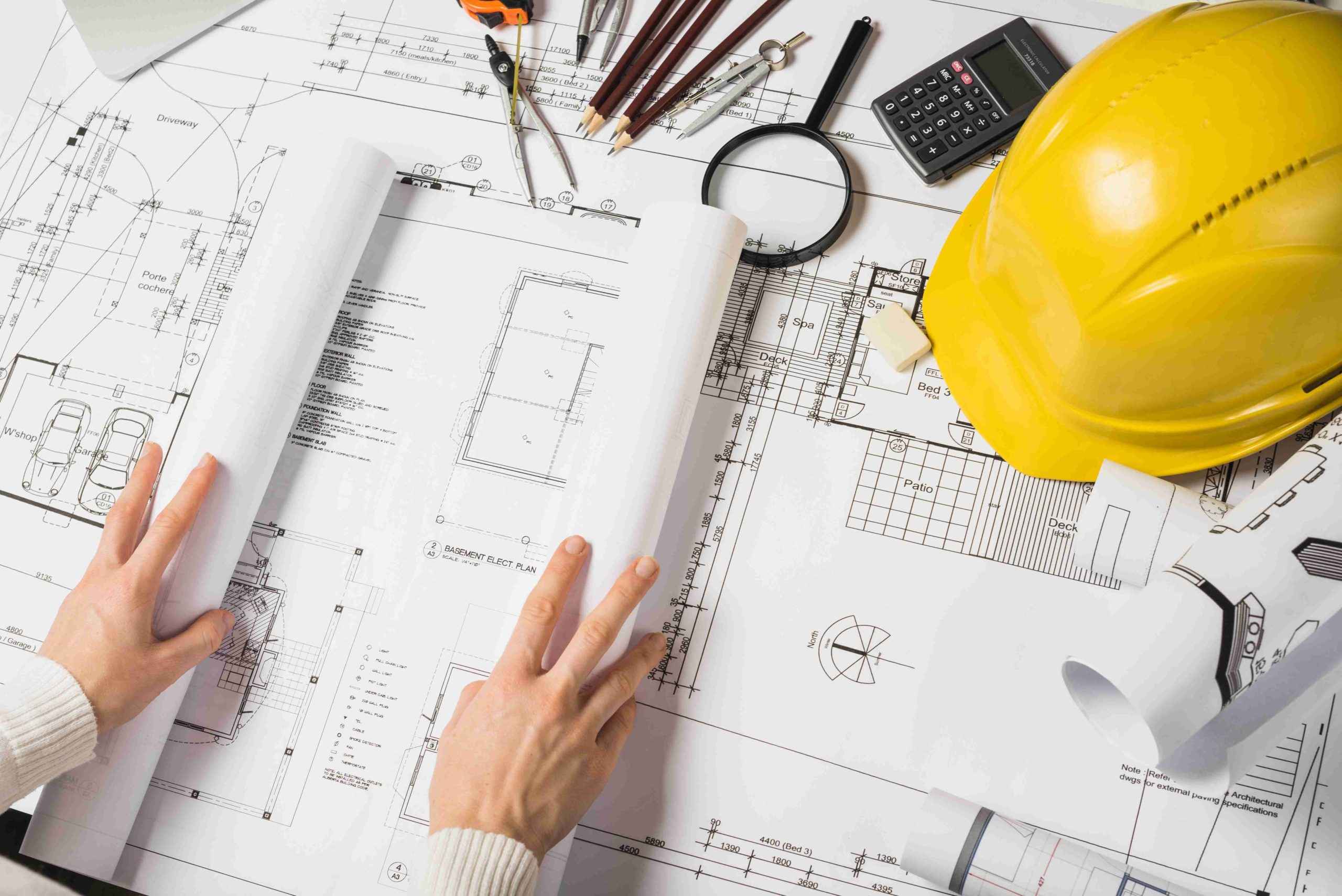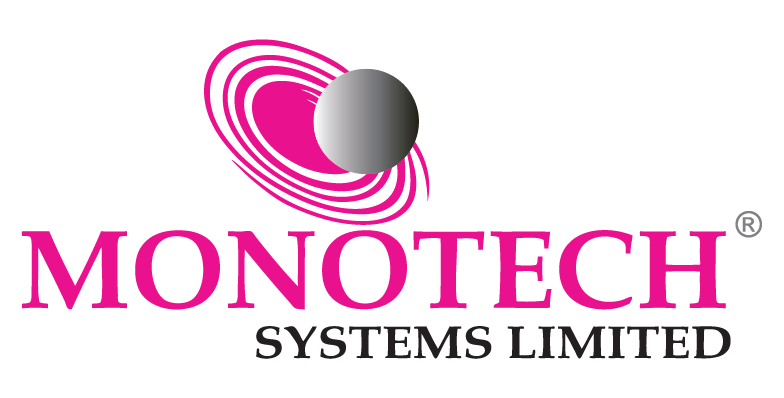How the right inkjet printer can help you build success
LARGE-FORMAT INKJET PRINTERS: A SMART INVESTMENT
Now, more than ever, contractors in the field require high-quality documentation to make sure they adhere correctly to approved plans, whether doing take-offs for estimating or using the latest version on site for construction. In today’s building construction environment, however, general contractors increasingly receive digital plans in PDF form, or they need to download the documents from a plan room or collaboration site. General contractors in turn share file digitally with their subcontractors.
At the same time, technology makes it easier than ever to constantly update technical documents, so frequently there are multiple versions of the plans during every phase of design, bid and construction. To avoid costly bidding errors and construction rework, general contractors need to make sure that they — and all the subcontractors — are working off the latest document version.
As a result, the ability to print large format technical documents, whether in-house or via a 3rd party provider, is more critical than ever. However, having the flexibility to print in-house can save time and money and help avoid project delays, especially since on-site printing capabilities at most project sites remain the exception rather than the rule.
This guide discusses the key considerations involved in selecting a large format inkjet printer and the benefits of investing in this technology.
WHAT ARE LARGE-FORMAT INKJET PRINTERS?
Like standard home/office inkjet printers, large format printers use printheads with a series of nozzles to spray drops of ink onto paper. They provide the ability to print output in black and white, colour or both. However, large-format inkjet printers have larger maximum print widths than the typical home/office model. They are commonly used to print large-scale project information such as construction documents including MEP sets, CAD drawings, and complex GIS maps. To provide optimal productivity and flexibility in output, large format printers use rolls of paper rather than individual pre-cut sheets. The width of a typical large format inkjet printer ranges from 17” up to a possible 60”, with the most common output sizes being 24” x 36”, 12” x 18” and 30” x 42”.
 WHAT ARE THE KEY CONSIDERATIONS WHEN CHOOSING A LARGE FORMAT INKJET PRINTER?
WHAT ARE THE KEY CONSIDERATIONS WHEN CHOOSING A LARGE FORMAT INKJET PRINTER?
To select the best large format inkjet printer for your needs as a general or subcontractor, take into account the following key considerations:
PRINTED DOCUMENT SIZE
Large-format inkjet printers range in size from a width of 17” up to 60”, with the ability to support lengths of hundreds of feet. Since most construction documents are D or E size, contractors generally prefer a printer capable of 36” wide output.
PRINTER SPEEDS
Don’t evaluate a printer just by its print speed. Although most printers within their functional categories have nearly identical specifications, their productivity may vary substantially. The time that a printer takes to warm up, output a document and complete finishing tasks (e.g. retrieving, collating and handling paper) can significantly impact overall print speed and productivity. Inkjet printer speeds typically range from 1-2 ppm in production mode and slower in a quality mode setting. However, inkjet technology delivers a much higher quality output containing more dense coverage as compared to black and white toner-based printers.
APPLICATION QUALITY
Large-format inkjet printers use multiple colours of ink – from 5 up to 12 – to achieve the optimal colour output. A 5-colour inkjet printer that uses aqueous (water-based) ink typically delivers the speed, quality, reliability, and versatility ideal for construction and technical documents, as well as general use.
Dots per inch (dpi) are the “resolution” at which an inkjet printer prints documents and images. The more dots in the printed image, the less grainy and distorted the final print will be. Generally speaking, the higher your inkjet printer’s resolution, the better your printouts will look. For text-only documents, 300 dpi and 600 dpi are suitable. However, construction plans and other documents with fine lines and small detail with clarity and accurately convey all critical information. Viewing sample output is an important part of evaluating a large format printer. For example, a printer with lower resolution but with more sophisticated technology can often produce better-looking prints than another printer with higher resolution.
MULTIFUNCTION CAPABILITIES
Multifunction inkjet printers offer the option to print, scan, and copy, providing valuable flexibility for contractors. Colour scanning is a particularly helpful way to track the document mark-ups that are frequently made in the field. Mark-ups can be made in different colours and then the plans can be scanned and reprinted in colour to illustrate the changes. Multiple copies can also be made quickly and easily for distribution to all appropriate subcontractors.
WHAT ARE THE BENEFITS OF LARGE-FORMAT INKJET PRINTERS?
Increased flexibility. First and foremost, a large format printer makes it easy and convenient to print construction documents, including the D and E sizes typically used by general contractors and subcontractors. Second, the ability to use an in-house printer to print on demand ensures a quick turnaround time since there’s no need to send the work out to 3rd party suppliers and also provides complete control over quantity and quality. Third, a multifunction printer with an integrated digital colour scanner makes it easy to accurately coordinate and track changes with clients and subcontractors throughout the design and building process.
Lower costs. An in-house large format printer may help reduce costs and tighten control over expenses. Although many factors can influence cost, data shows that printing large format documents in-house may save 46 per cent or more compared to outsourced printing costs. Based on current market survey information, outsourced printing costs can be as high as $40 per page for 24” x 36” colour construction documents and $4.50/page for black and white documents. Significant savings may also be achieved by eliminating the shipping costs associated with outsourcing. These can add up quickly if rush service is required or changes are made frequently, requiring new copies. In addition, with an in-house printer, you can print exactly the number of documents you need when you need them, saving money, reducing waste and supporting sustainability objectives.
However, while in-house printing costs/square feet may be lower than outsourcing, it is also necessary to consider potential operational and machine acquisition costs. After analysing these costs, you may find it makes financial sense to lease rather than purchase a printer.
Higher productivity. In-house large format printers can save time previously required to coordinate outsourcing and can boost productivity by reliably producing outstanding image quality. The vivid colours, sharp lines and precise details on the documents make it easier and faster for general contractors and subcontractors to estimate more accurately and, at the same time, help reduce or eliminate the need to build in high contingency costs. More efficient job costing and lower bids by subcontractors provide an opportunity to win more business and increase revenues.
In addition, using large format inkjet printing to leverage colour throughout the bidding and construction phases streamlines collaboration and helps ensure change orders are accurately incorporated into plans. The ability to consistently provide clear, colour-coded – and current – construction drawings to subcontractors can reduce costly errors and rework during construction.
BUILD SUCCESS WITH LARGE FORMAT INKJET PRINTERS
Contractors who invest in large-format inkjet printers can take advantage of cost-effective speed, versatility and quality output. Learn more about how you can match the right printer to your needs — and get a valuable edge in today’s highly competitive construction marketplace.
Learn More
> Canon Large Format Inkjet Printing Systems























